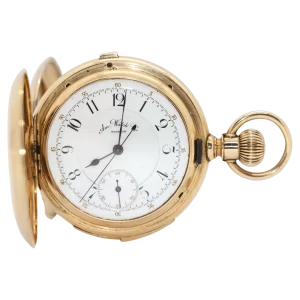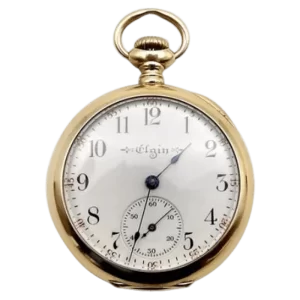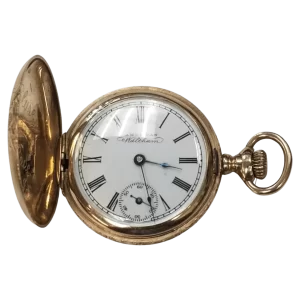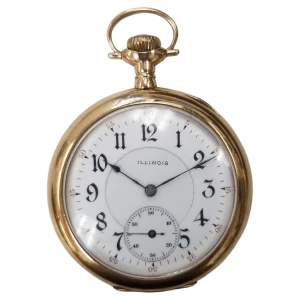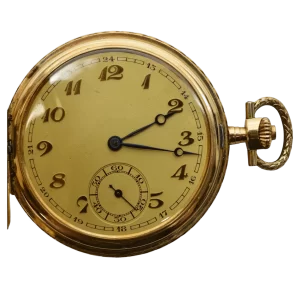The Swiss watchmaking industry is renowned worldwide for its precision, craftsmanship, and luxurious designs. As a symbol of excellence and quality, Swiss watches have been highly sought after for centuries, making Switzerland the leading country in the production of high-end timepieces. The origins of the Swiss watchmaking industry can be traced back to the 16th century, when Protestantism and the decline of the silk industry led to the introduction of the watchmaking craft in Geneva. Over the centuries, the Swiss watchmaking industry has faced challenges such as industrialization and the quartz crisis, yet it has always managed to adapt and innovate. Today, Swiss watches are not only a timekeeping device but also a status symbol, representing the pinnacle of precision and luxury. In this article, we will take a closer look at the rich history of the Swiss watchmaking industry, tracing its evolution from humble beginnings to its current position as a global leader in the luxury watch market.
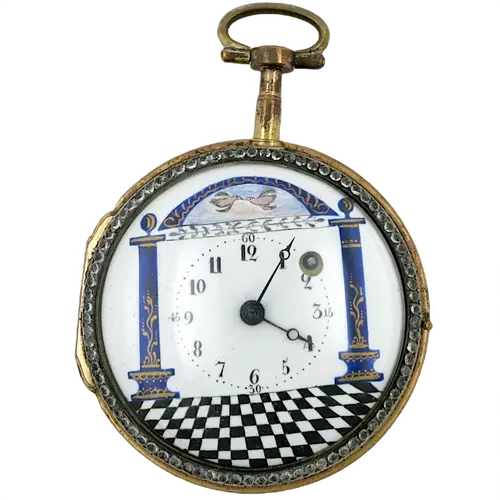
Origin of Swiss watchmaking tradition
Switzerland has long been renowned for its exceptional craftsmanship and precision, and the origin of its watchmaking tradition can be traced back centuries. The art of watchmaking in Switzerland can be attributed to a combination of factors, including the country’s geographical location, historical events, and the dedication of skilled artisans. Nestled in the heart of Europe, Switzerland has always been a crossroads for trade and innovation, making it an ideal hub for the development of intricate timepieces. Additionally, the tumultuous history of the region, marked by religious conflicts and political stability, provided an environment that fostered the growth of the watchmaking industry. Over time, Swiss watchmakers honed their skills and perfected their techniques, earning a reputation for producing timepieces of unparalleled quality and precision. Today, the Swiss watchmaking tradition continues to thrive, with Swiss watches being coveted worldwide for their craftsmanship, elegance, and timeless appeal.
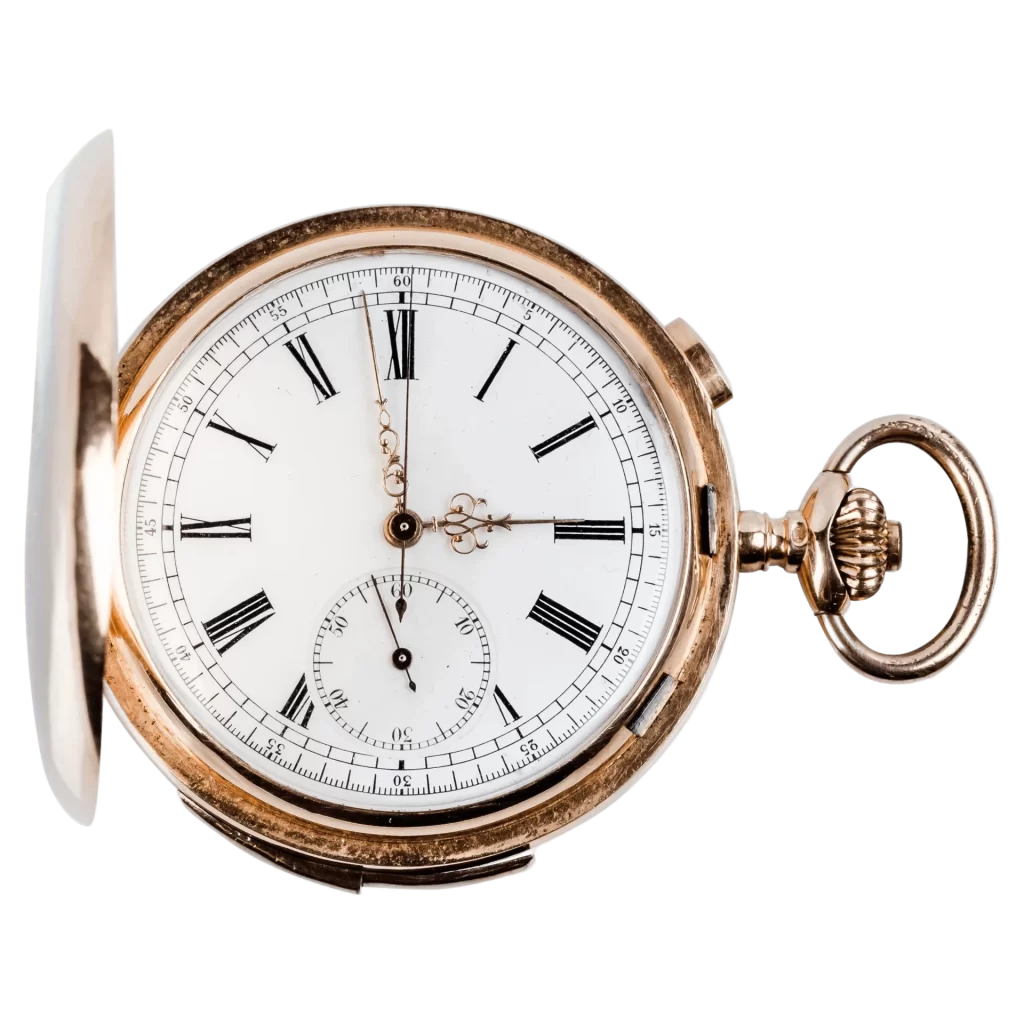
Influence of Swiss craftsmanship
The influence of Swiss craftsmanship on the global watchmaking industry cannot be overstated. Swiss watchmakers have consistently set the benchmark for precision, innovation, and elegance in timepiece manufacturing. Their commitment to meticulous attention to detail and the pursuit of perfection has become synonymous with Swiss watches. The craftsmanship exhibited by Swiss artisans is characterized by a dedication to excellence, using traditional, time-honored techniques combined with modern technology to create timepieces of exceptional quality. This unwavering commitment to craftsmanship has not only shaped the reputation of Swiss watches but has also influenced the entire industry, inspiring watchmakers around the world to strive for the same level of excellence. The influence of Swiss craftsmanship can be seen in the design, durability, and reliability of timepieces produced by both established Swiss brands and emerging watchmakers who draw inspiration from the Swiss tradition. It is through their unwavering commitment to craftsmanship that the influence of Swiss watchmaking continues to endure and evolve in the ever-changing landscape of the global watch industry.
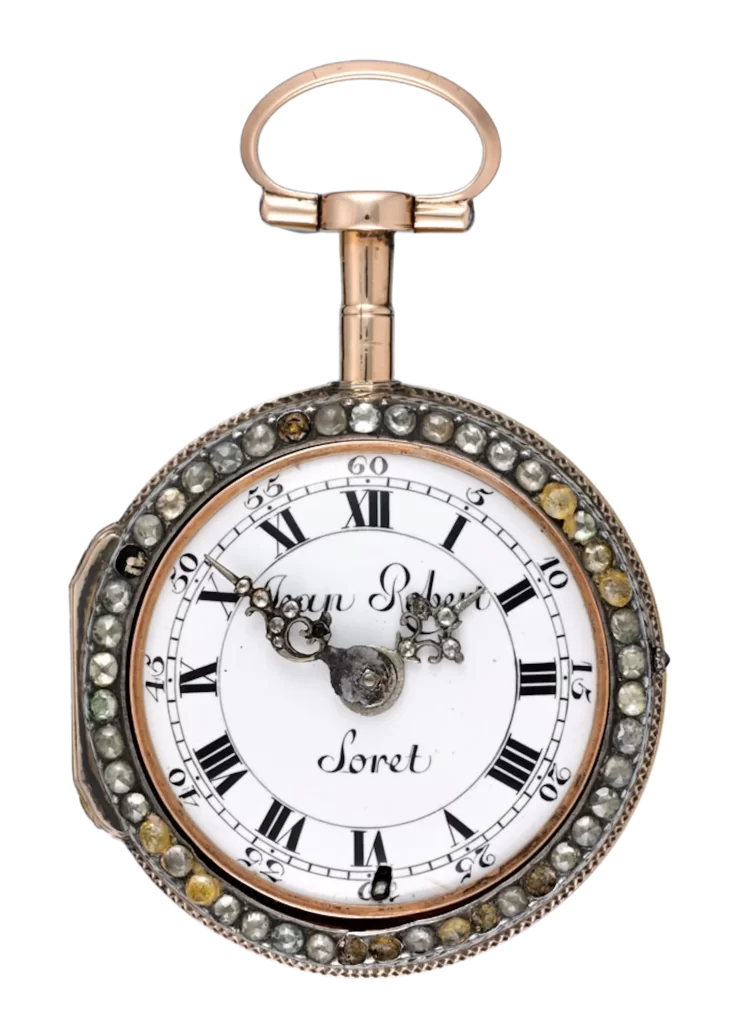
Growth of Swiss watchmaking industry
The rich heritage and uncompromising craftsmanship of Swiss watchmaking have propelled the industry to experience remarkable growth over the years. With a focus on precision and fine craftsmanship, Swiss watchmakers have consistently pushed the boundaries of innovation, leading to the development of groundbreaking technologies and designs. The growth of the industry can be attributed to several factors, including the establishment of internationally renowned Swiss watch brands, the expansion of global distribution networks, and the growing demand for luxury timepieces. Furthermore, Swiss watchmakers have successfully adapted to changing consumer preferences by incorporating modern features and materials while maintaining the timeless elegance and sophistication that have come to define Swiss watches. As a result, the Swiss watchmaking industry continues to thrive, enchanting watch enthusiasts worldwide with its unparalleled craftsmanship and timeless beauty.
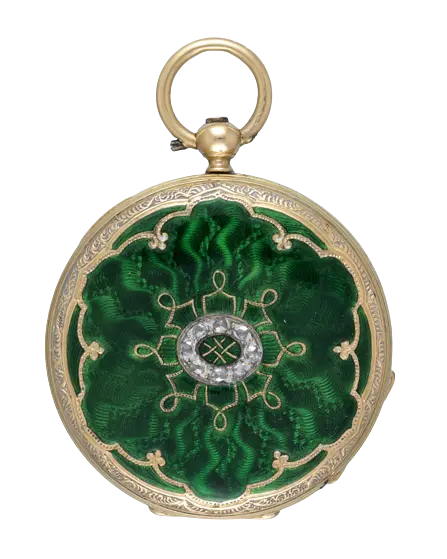
Integration of technology and tradition
The integration of technology and tradition has played a pivotal role in shaping the evolution of the Swiss watchmaking industry. As time progresses and consumer demands evolve, Swiss watchmakers have embraced technological advancements to enhance the performance and functionality of their timepieces, all while maintaining the essence of traditional craftsmanship. From the incorporation of innovative materials, such as ceramic and titanium, to the integration of smartwatch capabilities, the industry has successfully blended tradition with cutting-edge technology to offer consumers the best of both worlds. This harmonious integration has not only allowed Swiss watchmakers to cater to the demands of a technologically-driven market, but also to uphold the values and heritage that have made Swiss watches renowned worldwide. By seamlessly fusing tradition and technology, the Swiss watchmaking industry continues to captivate enthusiasts and remains at the forefront of horological innovation.
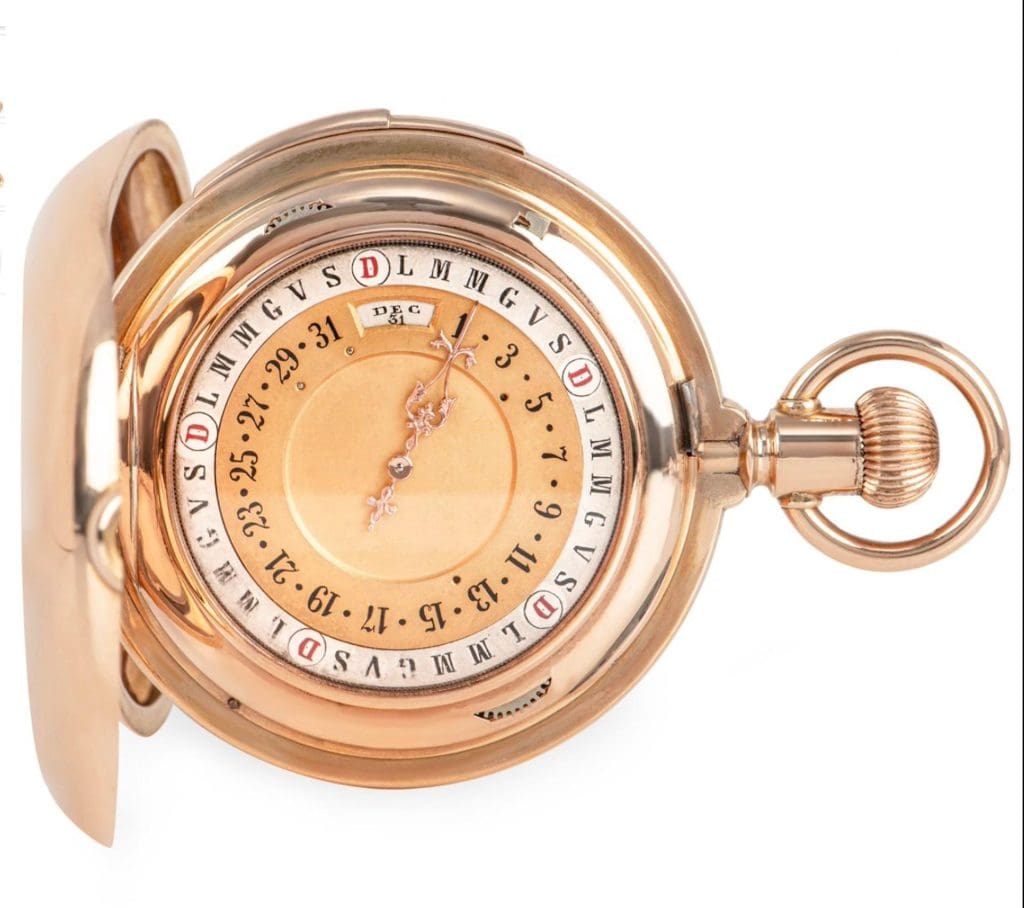
Emergence of luxury Swiss watches
The emergence of luxury Swiss watches marks a significant milestone in the history of the Swiss watchmaking industry. These exquisite timepieces exhibit unparalleled craftsmanship, precision, and attention to detail, making them highly sought after by discerning watch enthusiasts around the world. Luxury Swiss watches are synonymous with sophistication and timeless elegance, showcasing the mastery of Swiss watchmakers who have dedicated themselves to creating exceptional timepieces. With their intricate movements, luxurious materials, and iconic designs, these watches not only serve as functional accessories but also as symbols of status and refined taste. The emergence of luxury Swiss watches has elevated the industry to new heights, solidifying Switzerland’s position as the epitome of watchmaking excellence.
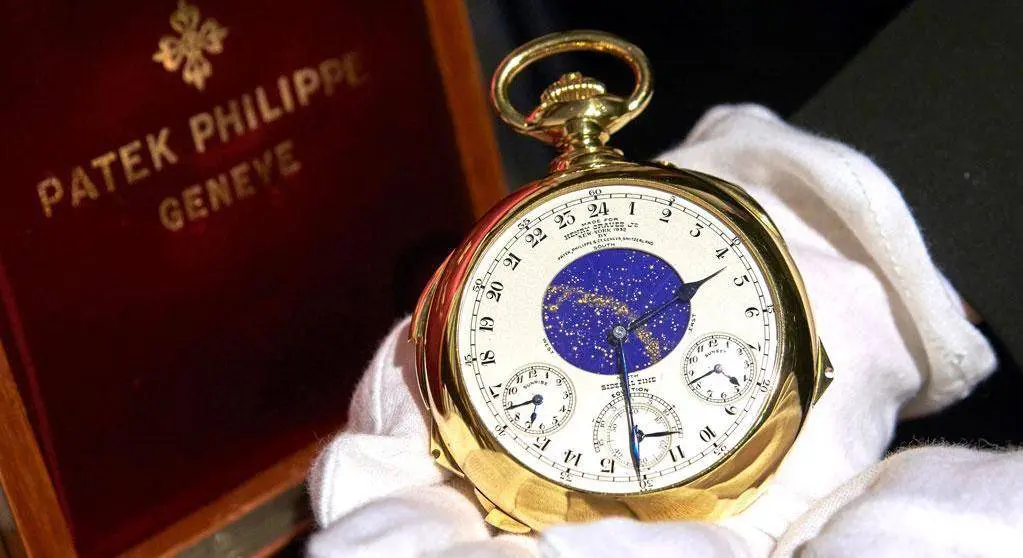
Legacy of precision and quality
Switzerland, renowned for its legacy of precision and quality, has long been hailed as the pinnacle of watchmaking excellence. For centuries, Swiss watchmakers have honed their craft, meticulously perfecting every aspect of their timepieces. The dedication to precision can be traced back to the early days of horology in Switzerland, where watchmakers painstakingly handcrafted each component with utmost care and precision. This commitment to excellence has remained unwavering throughout the years, with Swiss watchmakers continuously pushing the boundaries of innovation and craftsmanship. The legacy of precision and quality that permeates the Swiss watchmaking industry is not merely a result of tradition, but a testament to the unwavering pursuit of perfection by generations of skilled artisans and engineers. It is this legacy that has cemented Switzerland’s reputation as the global leader in watchmaking, captivating the hearts of watch connoisseurs and collectors worldwide.
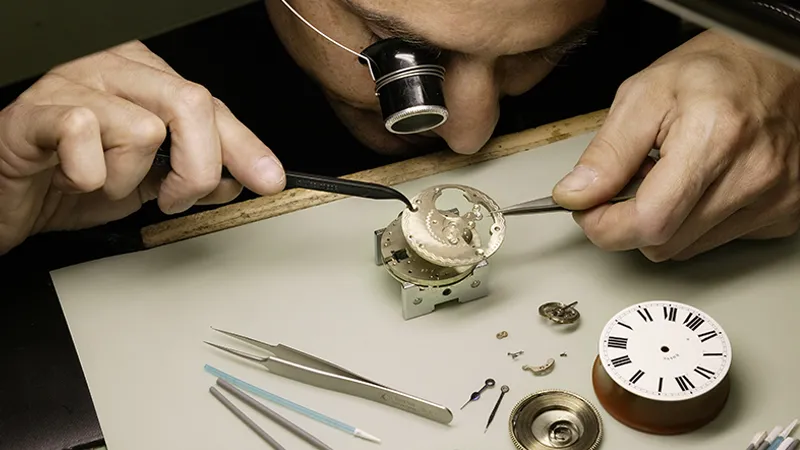
Impact on the global market
The Swiss watchmaking industry’s impact on the global market cannot be understated. With a rich heritage of craftsmanship and innovation, Swiss timepieces have established themselves as a symbol of luxury, precision, and status. The reputation and recognition of Swiss watches have propelled them to become highly sought-after items worldwide. The influence of Swiss watchmaking extends beyond the boundaries of Switzerland, with brands like Rolex, Patek Philippe, and Omega being household names in the global watch market. These Swiss watchmakers have not only set the standard for quality and design but have also contributed significantly to the economy through job creation and export revenues. Furthermore, the Swiss watchmaking industry has inspired and influenced other watchmakers around the world, shaping the development of the entire watch market. In an era where technology dominates the timekeeping industry, Swiss watches continue to thrive, captivating enthusiasts and collectors with their timeless elegance and exceptional craftsmanship.
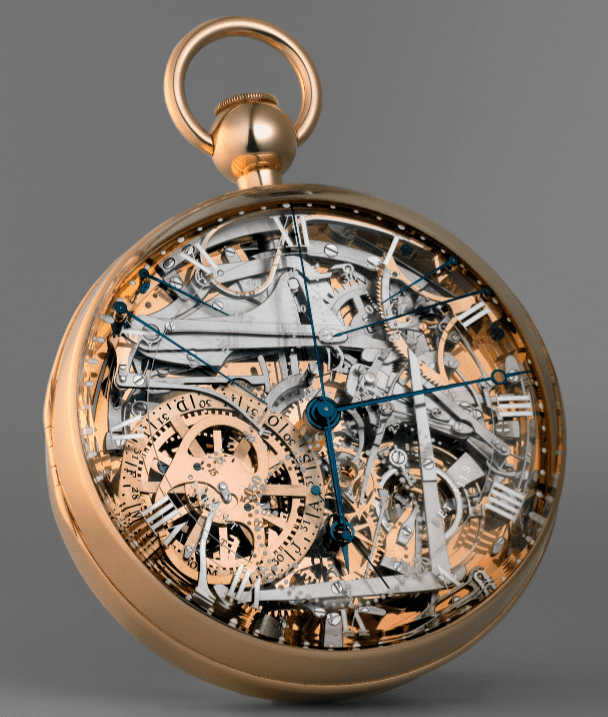
Adapting to changing trends
In order to maintain their position as leaders in the watchmaking industry, Swiss watchmakers have consistently demonstrated their ability to adapt to changing trends. While the traditional craftsmanship and timeless elegance of Swiss watches have remained a constant, these brands have embraced new technologies and incorporated modern design elements to cater to evolving consumer preferences. The introduction of features such as smartwatch capabilities, innovative materials, and customizable options has allowed Swiss watchmakers to cater to a wider range of customers while staying true to their heritage. This adaptability has not only ensured their relevance in the market but has also attracted a younger demographic who values both tradition and innovation. By continuously monitoring and responding to shifting trends, the Swiss watchmaking industry has demonstrated its ability to remain a dominant force in the ever-changing world of timekeeping.
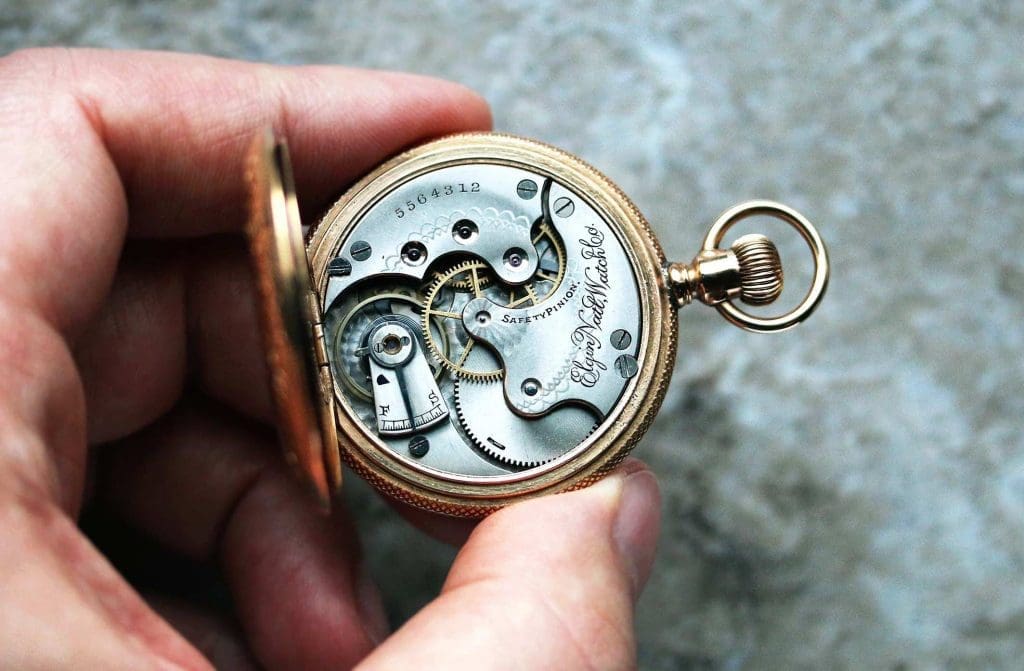
Sustainability in Swiss watchmaking
As the Swiss watchmaking industry continues to evolve, there is an increasing emphasis on sustainability practices. Recognizing the environmental impact of their operations, many Swiss watchmakers are taking proactive measures to reduce their carbon footprint and promote responsible manufacturing processes. This includes sourcing ethically and sustainably-produced materials, implementing energy-efficient production techniques, and investing in renewable energy sources. Additionally, manufacturers are exploring ways to prolong the lifespan of their timepieces, encouraging repair and refurbishment rather than disposal. By adopting sustainable practices, Swiss watchmakers not only contribute to the preservation of the environment but also align themselves with the growing demand for products that are both luxurious and environmentally conscious. This commitment to sustainability ensures a brighter future for both the industry and the planet.

Evolution of design and innovation
The evolution of design and innovation in the Swiss watchmaking industry has been a driving force behind its enduring success and global reputation. From its humble beginnings, where watches were primarily functional timekeeping devices, to the present day, where aesthetics and craftsmanship are just as important, the industry has constantly pushed the boundaries of creativity and technological advancement. Designers have embraced new materials, experimented with bold shapes and colors, and incorporated intricate complications, resulting in timepieces that are not only precise instruments but also works of art. This continuous pursuit of innovation has not only captivated watch enthusiasts around the world but has also solidified Switzerland’s position as the epicenter of horological excellence. As consumer preferences and lifestyles evolve, the Swiss watchmaking industry will undoubtedly continue to adapt and innovate, ensuring that it remains at the forefront of design and horological ingenuity for years to come.
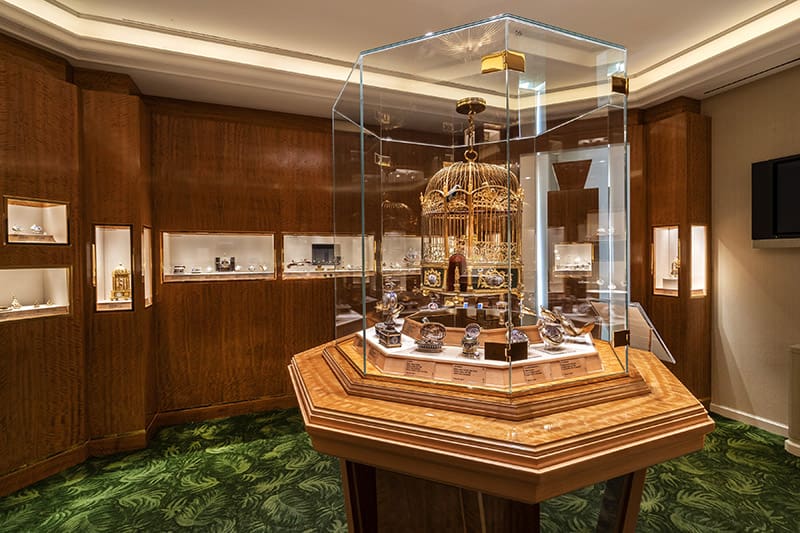
In conclusion, the Swiss watchmaking industry has a rich and storied history, with roots dating back to the 16th century. Despite facing challenges such as the Quartz Crisis in the 1970s, the industry has continued to innovate and evolve with the times, producing some of the most coveted and luxurious timepieces in the world. With a strong emphasis on craftsmanship and precision, Swiss watches have become synonymous with quality and prestige. As we move forward, it will be interesting to see how the industry adapts to changing consumer preferences and technologies, but one thing is for certain – the legacy of Swiss watchmaking will continue to endure for generations to come.
FAQ
What factors contributed to the rise of the Swiss watchmaking industry as a global leader in the 18th and 19th centuries?
The Swiss watchmaking industry rose as a global leader in the 18th and 19th centuries due to several key factors. These include Switzerland’s long history of skilled craftsmanship, strategic location at the crossroads of European trade routes, strong tradition of innovation and precision engineering, development of specialized tools and techniques, establishment of watchmaking guilds to maintain quality standards, and the rise of luxury brands that catered to international markets. Additionally, political stability, favorable economic conditions, and a culture of entrepreneurship all played a role in propelling the Swiss watchmaking industry to prominence during this period.
How did the Swiss watchmaking industry adapt to technological advancements such as the invention of the quartz movement in the 20th century?
The Swiss watchmaking industry adapted to technological advancements by focusing on producing luxury mechanical watches with intricate craftsmanship, precision, and heritage, distinguishing them from mass-produced quartz watches. Swiss manufacturers also embraced quartz technology by incorporating it into their product lines, creating hybrid watches that combined traditional mechanical movements with quartz technology. Additionally, they emphasized quality control, innovation in design, and marketing to maintain their reputation as leaders in luxury watchmaking despite the rise of quartz watches. Overall, the Swiss watchmaking industry successfully navigated the challenges posed by the quartz movement through strategic adaptation and differentiation.
What role did the Swiss watchmaking industry play in shaping the concept of luxury timepieces and high-end craftsmanship?
The Swiss watchmaking industry has played a pivotal role in shaping the concept of luxury timepieces and high-end craftsmanship. With a long history of precision engineering, innovation, and attention to detail, Swiss watchmakers have set the standard for quality and exclusivity in the industry. Brands like Rolex, Patek Philippe, and Audemars Piguet have become synonymous with luxury and are admired for their intricate designs, exceptional craftsmanship, and use of high-quality materials. The Swiss watchmaking industry’s reputation for excellence has solidified its position as a leader in the luxury watch market, influencing trends and setting benchmarks for competitors worldwide.
How did the Swiss watchmaking industry navigate challenges such as the Quartz Crisis in the 1970s and 1980s?
During the Quartz Crisis in the 1970s and 1980s, the Swiss watchmaking industry responded by embracing innovation, focusing on luxury and craftsmanship, and investing in new technologies. Swiss watchmakers shifted their production to high-end mechanical watches, emphasizing their heritage and superior quality. They also introduced their own quartz movements and collaborated with foreign companies to stay competitive. Additionally, they repositioned themselves as luxury brands, targeting niche markets and collectors. Overall, the Swiss watchmaking industry successfully navigated the challenges of the Quartz Crisis by adapting their strategies and maintaining their reputation for precision and craftsmanship.
What are some of the iconic Swiss watch brands that have made significant contributions to the industry’s history and reputation?
Some iconic Swiss watch brands that have made significant contributions to the industry’s history and reputation include Rolex, Omega, Patek Philippe, TAG Heuer, and Audemars Piguet. These brands are known for their precision, craftsmanship, innovation, and timeless designs, setting high standards for quality and luxury in the watchmaking world. Their watches have become symbols of status, sophistication, and excellence in both horology and fashion.




